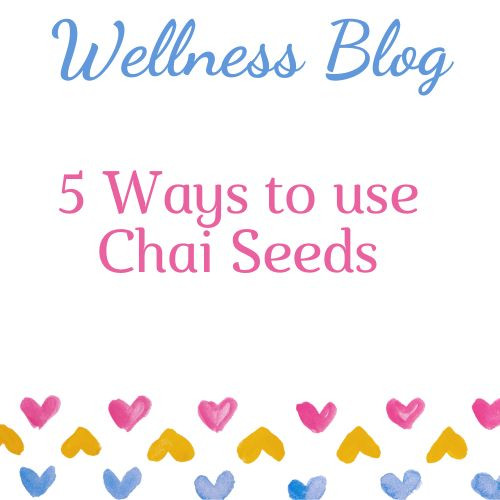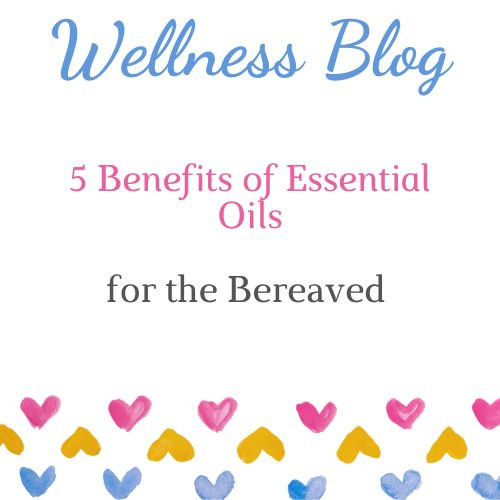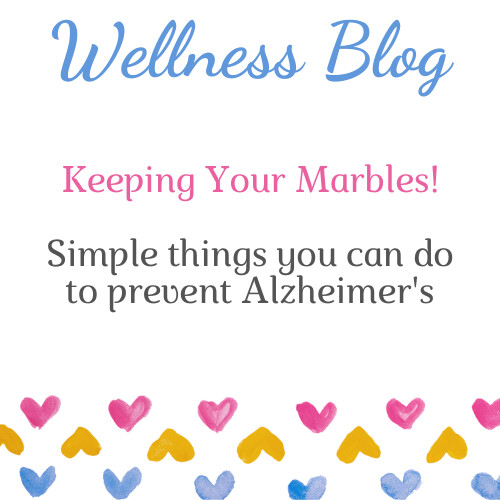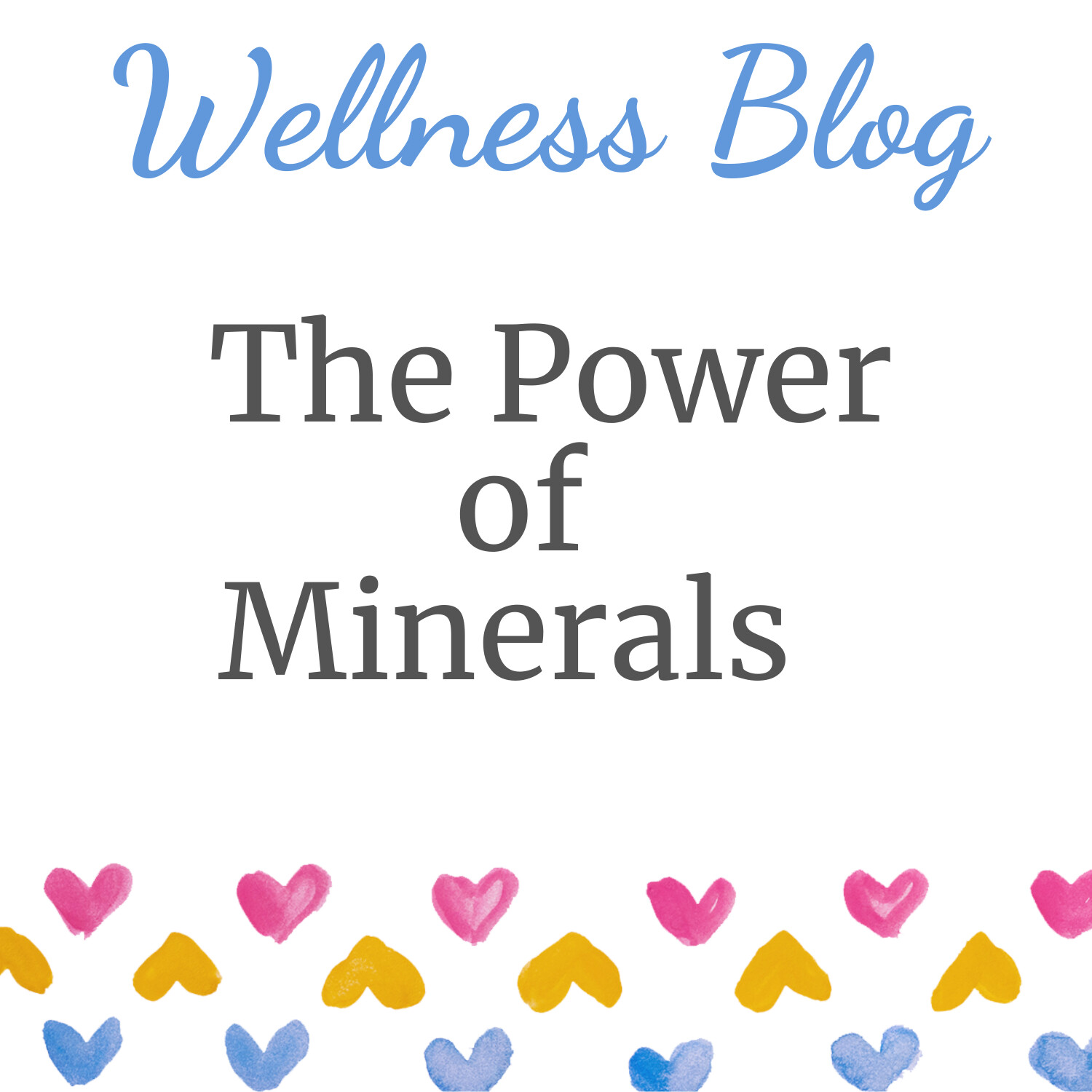
You probably know that the yellow spice of turmeric is a stable ingredient in a good curry, but what you may not realise is that it can also be used to ease joint discomfort.
So what exactly is turmeric and how can it ease joint discomfort and muscular tiredness?
Turmeric is a flowering plant and a rhizome (like ginger. it's cousin), also known by the scientific name of Curcuma Longa. It's orange/yellow in colour and there are about 45 different species of it in India.
Practitioners of ayurvedic medicine have long used turmeric to combat pain.
Read more...
Increasing iodine is one of the many things addressed on my 28 Day Health Challenge because it is vital for good health - but many people are deficient in it.
Read to the bottom to find out how you can do a home test to see if you are deficient in iodine.
Read to the bottom to find out how you can do a home test to see if you are deficient in iodine.
Iodine is directly related to the endocrine system (the hormone system). It supports our thyroid function, hormonal health, adrenal glands and .......
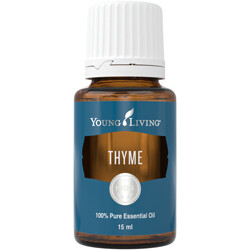
You can make make a really simple hand cleanser (that won't dry out your hands!), in seconds! using just 2 ingredients! Aloe Vera gel and an essential oil of your choice - some oils are better choices than others for a hand cleanser. I used Thyme and you will find a little information about it below. This purpose of this hand cleanser is to keep in in your pocket when you are out and about and where it may be difficult for you to access soap and water! This isn't a replacement for washing your hands - especially at this time (April 2020).
There are over 300 species of Thyme and many species produce their own unique variety of essential oil which are called chemotypes. They are all Thyme oil, but their chemistry is different depending on the climate and other conditions the plant grew in, giving them different characteristics and uses. I am going to use Thyme (Thymus vulgaris ct. thymol) for my hand cleanser recipe.
Thyme has been used for thousands of years. The Ancient Greeks used it to disinfect the air to prevent the spread of disease* and Thyme essential oil was used in World War I to medicate gauze and wool for surgical dressings. It resembles carbolic acid in its actions but it is less irritating to wounds and its germicidal action is greater **
Thyme (Thymus vulgaris ct. thymol) is probably the most well known of the Thyme chemotypes and is the one used in the Raindrop Technique. It contains high percentages of the chemical component 'thymol' which contributes to its potent, sharp aroma. It can reduce germs (on hands, in the air via a diffuser and on household surfaces) and there are many studies that states it supports the immune system***
Safety Note: This chemotype of Thyme essential oil is too strong to be used undiluted for people with a sensitive skin, children and pregnant women.
Recipe for Hand Cleanser:
40mls Aloe Vera gel
20 drops of Thyme essential oil (Thymus vulgaris ct. thymol)
Add the Aloe Vera gel to a 40ml flip top bottle
Add the essential oil
Mix well. Always shake the bottle before use
I only used Thyme essential oil in this hand cleaner, as I consider it to be the most efficient at this present time (April, 2020) when most of us are self-isolating because of Covid-19.
I didn't put a label on this bottle of hand cleanser, as it is just for my personal use and the only place it is
going to be is in my coat pocket!
When I am making products for other people, I would label the container with the ingredients in
the bottle, the date I made it and any safety precautions if necessary.
References:
* Aromatherapy for Healing the Spirit by Gabriel Mojay
* * The Complete Guide to Aromatherapy by Salvatore Battaglia
*** Antimicrobial Properties of Plant Essential Oils against Human Pathogens and Their Mode of Action: An Updated Review.
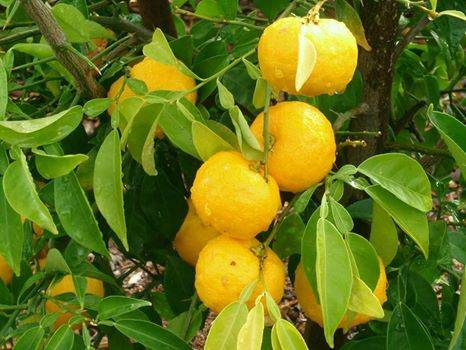
Did you know that some citrus essential oils are not phototoxic? If you’ve been avoiding all citrus oils out of concerns over phototoxicity, you can still use a few citrus oils without worrying about potential phototoxic skin reactions.
Whilst marking one of my students case studies the other day, I observed that very few citrus oils were being used in her blends. On asking her why she told me of her fear of using citrus oils in case she caused a phototoxic reaction to one of her clients. Maybe I was a bit too enthusiastic when teaching about the safety of essential oils!
I was pleased this came up as it gave me an opportunity to clear up the safety rules around phototoxic oils for this particular student, and for everyone else using essential oils.
Can you safely use phototoxic essential oils in topical blends - blends that are put directly on the skin?
Yes, absolutely!!
Before I explain how, let me explain what it means for an essential oil to be phototoxic.
Phototoxic essential oils can cause skin reactions in sunlight and UV light (such as tanning beds). These reactions are no fun, and some people choose to avoid using citrus essential oils in topical blends altogether just to be on the safe side.
But there’s good news! You can “be on the safe side” and still use citrus essential oils!
First of all, there are some citrus essential oils that don’t cause phototoxic reactions at all. These are:
- Green Mandarin (Citrus reticulata)
- Distilled Lime (Citrus aurantifolia)
- Sweet Orange (Citrus sinensis)
- Yuzu (Citrus junos)
- Tangerine (Citrus × tangerina)
Did you notice I pointed out that distilled Lime is not phototoxic? That’s because Lime is unique—it can be cold-pressed or distilled, and the production method determines whether it’s phototoxic. Cold-pressed Lime is phototoxic, but distilled Lime is not. Other citruses (like Lemon) can be distilled as well, but it’s not a common practice.
Now I've pointed out the citrus essential oils that aren’t phototoxic. What about the ones that are? You can still use those in topical blends, as long as you dilute them in carriers appropriately.
Here are the guidelines for each phototoxic oil and how many drops you can safely use in 1 oz (30 ml) of carrier.
- Cold-Pressed/Expressed Bergamot – 2.4 drops per oz (Just use 2 drops to keep it simple)
- Cold-Pressed/Expressed Lemon – 12 drops per oz
- Cold-Pressed/Expressed Lime – 4.2 drops per oz (Just use 4 drops)
- Cold-Pressed/Expressed Grapefruit – 24 drops per oz
As long as you stay within these dilution guidelines, feel free to use these citrus oils in your topical blends. Don’t let the word “phototoxic” make you shy away.
Citrus oils want to inspire happy feelings! They’re wonderful in body oils and lotions, digestion creams, and pain relief blends. Just be mindful of how many drops per ounce you’re using, and you’ll do just fine.
References:
Robert Tisserand and Rodney Young’s book - Essential Oil Safety: A Guide for Health Care Professionals, 2nd Edition
Ravensara and Ravintsara - the differences
I am going to attempt to explain the differences between these two oils, as there is so much confusion over them. Ravintsara essential oil should never be confused with ravensara essential oil and substituting one oil for the other is never an option, as their therapeutic properties are very different from each other.
Let's start with a little botany! Plant naming and the use of botanical Latin can be daunting to beginner and experienced aromatherapists alike. Nonetheless, the science of classifying living things (taxonomy) is essential to our understanding of the natural world. Without the botanical Latin name, how can you be entirely sure of which essential oils you are buying and more importantly, using in your practice.
I'll state again, as I do very often! that it is of paramount importance for us to know the botanical names of the oils we are using in our practices. Do not consider buying a essential oil without researching first exactly which one you want and why you want it. You need to keep in mind all the different chemo types too. Do not go shopping for essential oils until you have done your homework.
The first difference is the botanical name:
Ravensara (Ravensara aromatica) is distilled from the leaves and branches of a tree by the same name - indigenous to Madagascar.
Ravintsara (Cinnamomum camphora) is distilled from the leaves of the camphor tree, which originated in Japan and China.
Ravintsara is not therefore indigenous to Madagascar but was introduced from China in the early 1800s. It's a species* of Cinnamonum camphora which lost its ability to produce any camphor under the Madagascan climate.
For many years, oils from both Ravensara aromatica and Cinnamomum camphora were distilled and traded on the market as Ravensara with a reference to either botanical name. It is only a few years ago that research into the chemical makeup of these oils has finally given them their distinctive individual botanical identity.
So whilst Cinnamonum camphora is now grown in Madagascar, it is very different to the Cinnamonum camphora grown in China - because of the different climate and therefore producing a chemo type.
The next difference is the main chemical compounds of the oils:
Ravensara is generally high in monoterpenes, such as limonene and sabinene, giving this oil antibacterial and immune supportive properties. Its aroma is fresh, earthy and green.
Ravintsara on the other hand, is known for being very high in 1,8 cineol, making it supportive for respiratory issues and as a decongestant. Its aroma is vibrant, clean and very similar to Eucalyptus.
So! If you see a bottle of essential oil labeled Ravensara, and it advertises a high chemical composition of 1,8 cineol (say 50%-60%) then this essential oil will most certainly be Ravintsara, not Ravensara (as Ravensara is high in monoterpenes, not 1,8 cineol).
Now I'm going to make it more confusing!
Ho Wood Essential Oil, Cinnamomum camphora ct linalool, is steam distilled from the bark and wood (and sometimes the leaves are simultaneously distilled) from the same tree that brings us Ravintsara. Ravintsara Essential Oil is distilled from the leaves of Cinnamomum camphora and is sometimes known as Ho Leaf Oil.
Surely the easiest thing to do, to stop all this confusion, is that oils from the Cinnamomum camphora tree we always call Ho Leaf, or Ho Bark essential oil and the oil from Ravensara aromatica tree we call Ravensara - forget the name Ravintsara totally! to save confusion - when you see Ravintsara, think Ho Leaf!
So!!! When you are buying Ho Leaf (which will no doubt have Ravintsara on the label!), the label should read:
Ravintsara - 100% Pure Essential Oil. Cinnamomum camphora (c.t. 1,8 cineol) **
Calling Ho Leaf oil 'Ravintsara' is just confusing for everyone.
*Species - species are groups of interbreeding populations, which are reproductively isolated from other species.
** 1,8 cineol is also known as also known as 'eucalyptol'

An Explanation of the ORAC Scale
ORAC - stands for Oxygen Radical Absorption Capacity and is a scale supported by the USDA to measure antioxidant capacities of foods and essential oils. The higher the ORAC value, the more a food or essential oil is able to destroy free radicals in the body and therefore retard the ageing process and help prevent disease.
Free radicals, and the damage they can do at the cellular level, have received a lot of attention in the last few years. The oxidative stress caused by free radicals – which are produced during normal metabolism and cell function, as well as from stress and pollutants in our air, water and food – is implicated in everything from aging and wrinkling of skin to DNA damage, diabetes, cancer and heart disease. Antioxidants offer powerful, effective protection for your body and cells against their oxidative stress, by blunting the damaging effects of free radicals.
A study published in 2005 in the American Journal of Clinical Nutrition by Ilja CW Arts and Peter CH Hollman states
"In addition to their antioxidant properties, polyphenols show several interesting effects in animal models and in vitro systems; they trap and scavenge free radicals regulate nitric oxide, decrease leukocyte immobilization, induce apoptosis, inhibit cell proliferation and angiogenesis, and exhibit phytoestrongenic activity"
Phenols are a main constituent in essential oils such as Clove and Wintergreen. You can see from the list below that Clove essential oil contain the highest ORAC of any known substance on the earth! Measured in micromole Trolox Equivaments pr 100 grams, the ORAC values are often listed in other publication as measured in 'use per liter' which would add another zero to the end of the numbers. In the following table, the essential oil ORAC values are listed in grams.
One of the highest ORAC of a healthy food source is found is wolfberries coming in at 25,300 which blueberries at 2,400 to give you a reference. Raw cacao power is around 100,000.
ESSENTIAL OILS AND ORAC
- Clove 1,078,700 !!!
- Myrrh 397,800
- Citronella 312,000
- Clary Sage 221,000
- Cedarwood 169,000
- Rose 160,400
- Ylang Ylang 130,000
- Wintergreen 101,800
- Geranium 101,000
- Vetiver 74,300
- Blue Tansy 68,800
- Spikeard 54,800
- Peppermint 37,300
- Cypress 24,300
- Grapefruit 22,600
- Oregano 15,300
- Cinnamon 10,340
- Lemongrass 1,780
- Helichrysum 1,740
- Lemon 660
- Frankincense 630
- Lavender 360
Wolfberries 25,300
Blueberries 2,400
Reference: The Essential Oil Truth - The Facts Without the Hype by Jen O'Sullivan


 Welcome to my Blog! I'm Suzie Webb you can read more about me
Welcome to my Blog! I'm Suzie Webb you can read more about me 